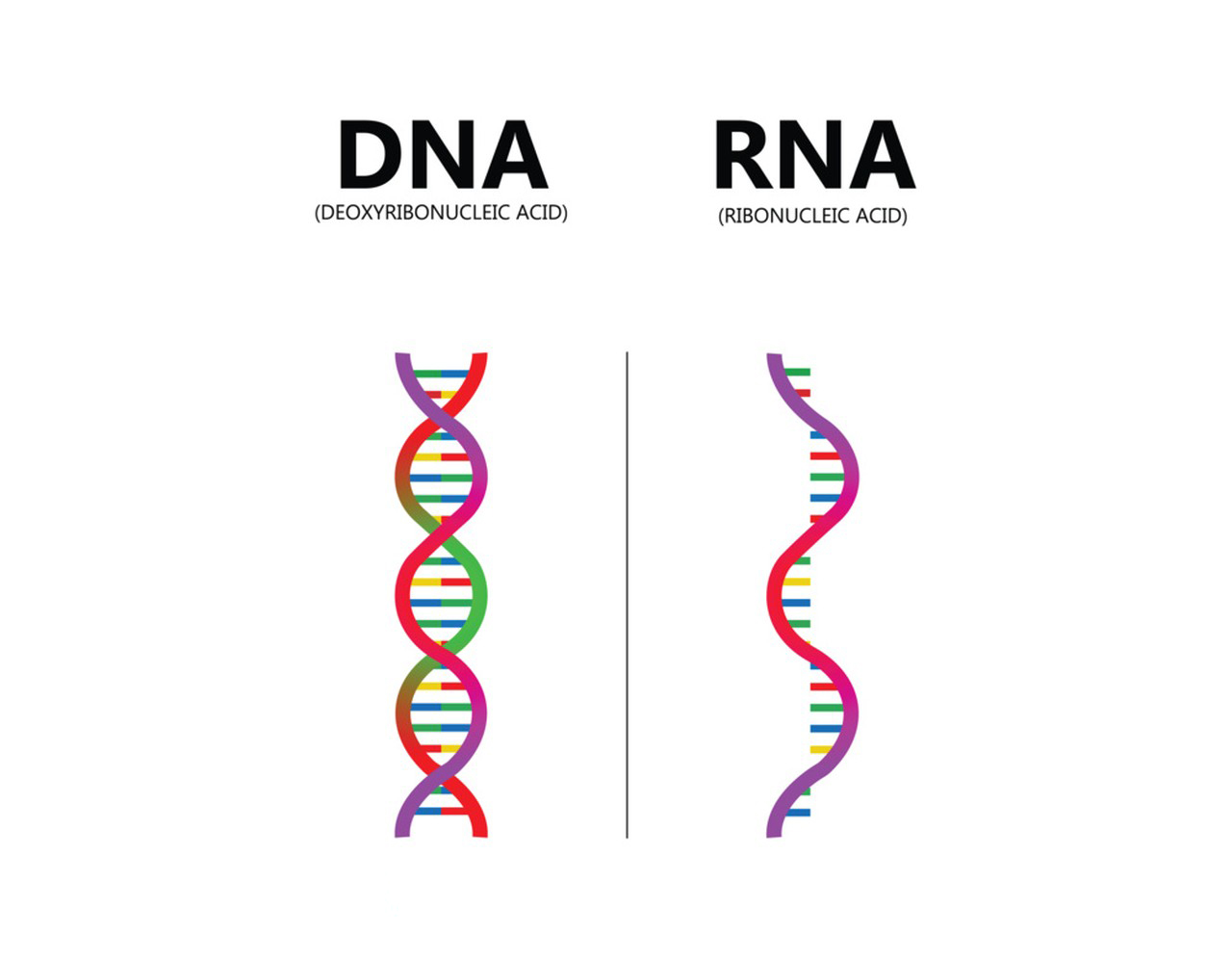Ribonucleic Acid, or RNA, is a crucial molecule in biology that serves several important functions within cells. Its efficacy and functions are diverse and essential for the functioning of living organisms. Here are some key aspects of RNA’s efficacy and functions:
1.Genetic Information Transfer:
Messenger RNA (mRNA): mRNA carries genetic information from DNA in the nucleus to the ribosomes in the cytoplasm, where it serves as a template for protein synthesis. This process is known as transcription.
2.Protein Synthesis:
Ribosomal RNA (rRNA): rRNA is a component of the ribosome, the cellular machinery responsible for translating the genetic code in mRNA into a specific sequence of amino acids, which forms a protein.

3.Regulatory Roles:
MicroRNA (miRNA) and Small Interfering RNA (siRNA): These small RNA molecules regulate gene expression by binding to mRNA and either blocking translation or promoting its degradation.
4.Catalysis:
Ribozymes: Some Ribonucleic acid molecules can act as enzymes, catalyzing chemical reactions within the cell. For example, ribozymes can cut and splice Ribonucleic acid strands, which is essential in processes like Ribonucleic acid splicing.
5.Transfer of Amino Acids:
Transfer RNA (tRNA): tRNA molecules are responsible for bringing specific amino acids to the ribosome during protein synthesis. They have an anticodon region that recognizes and binds to the complementary codon on mRNA.
6.Viral Replication:
Ribonucleic acid serves as the genetic material for some viruses, such as the human immunodeficiency virus (HIV) and the influenza virus. These viruses use Ribonucleic acid to replicate and produce new viral particles.
7.Telomerase:
Telomerase Ribonucleic acid is a component of the telomerase enzyme, which adds repetitive DNA sequences to the ends of chromosomes (telomeres), preventing their shortening during cell division.

8.Immune Response:
Ribonucleic acid molecules play a role in the immune response, as the immune system can detect viral Ribonucleic acid as a sign of infection. This triggers an immune response to defend the body against viral invaders.
9.Information Storage:
Some Ribonucleic acid molecules, like long non-coding RNAs, are involved in the storage of information and regulating gene expression. They help in organizing and controlling various cellular processes.
In summary, Ribonucleic acid is a versatile molecule with diverse functions that are vital for cellular processes, gene expression, and the overall functioning of living organisms. Its efficacy lies in its ability to act as an intermediary between DNA and protein, as well as in its various regulatory and catalytic roles within the cell.
